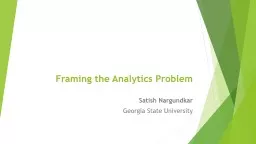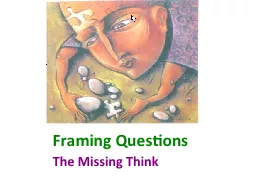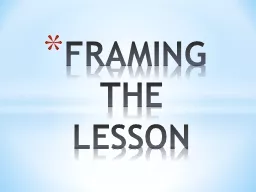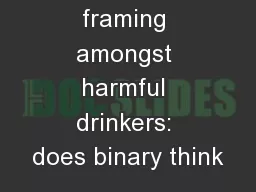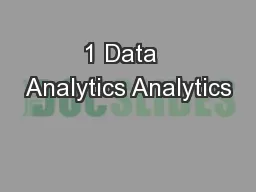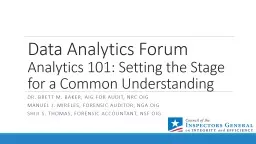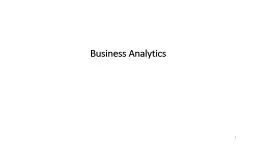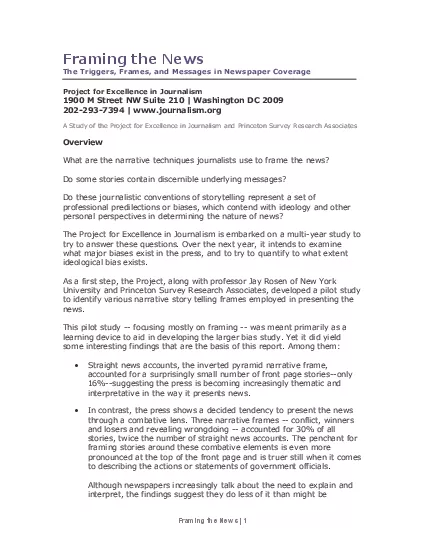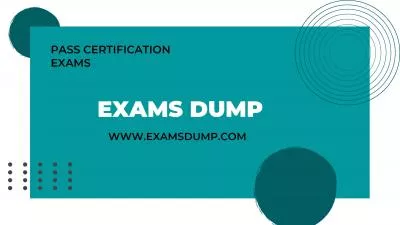PPT-Framing the Analytics Problem
Author : min-jolicoeur | Published Date : 2018-11-01
Satish Nargundkar Georgia State University Framing and Cognitive Bias Positive Framing Risk Averse behavior Negative Framing Risk Seeking behavior Tversky Kahnemann
Presentation Embed Code
Download Presentation
Download Presentation The PPT/PDF document "Framing the Analytics Problem" is the property of its rightful owner. Permission is granted to download and print the materials on this website for personal, non-commercial use only, and to display it on your personal computer provided you do not modify the materials and that you retain all copyright notices contained in the materials. By downloading content from our website, you accept the terms of this agreement.
Framing the Analytics Problem: Transcript
Download Rules Of Document
"Framing the Analytics Problem"The content belongs to its owner. You may download and print it for personal use, without modification, and keep all copyright notices. By downloading, you agree to these terms.
Related Documents

